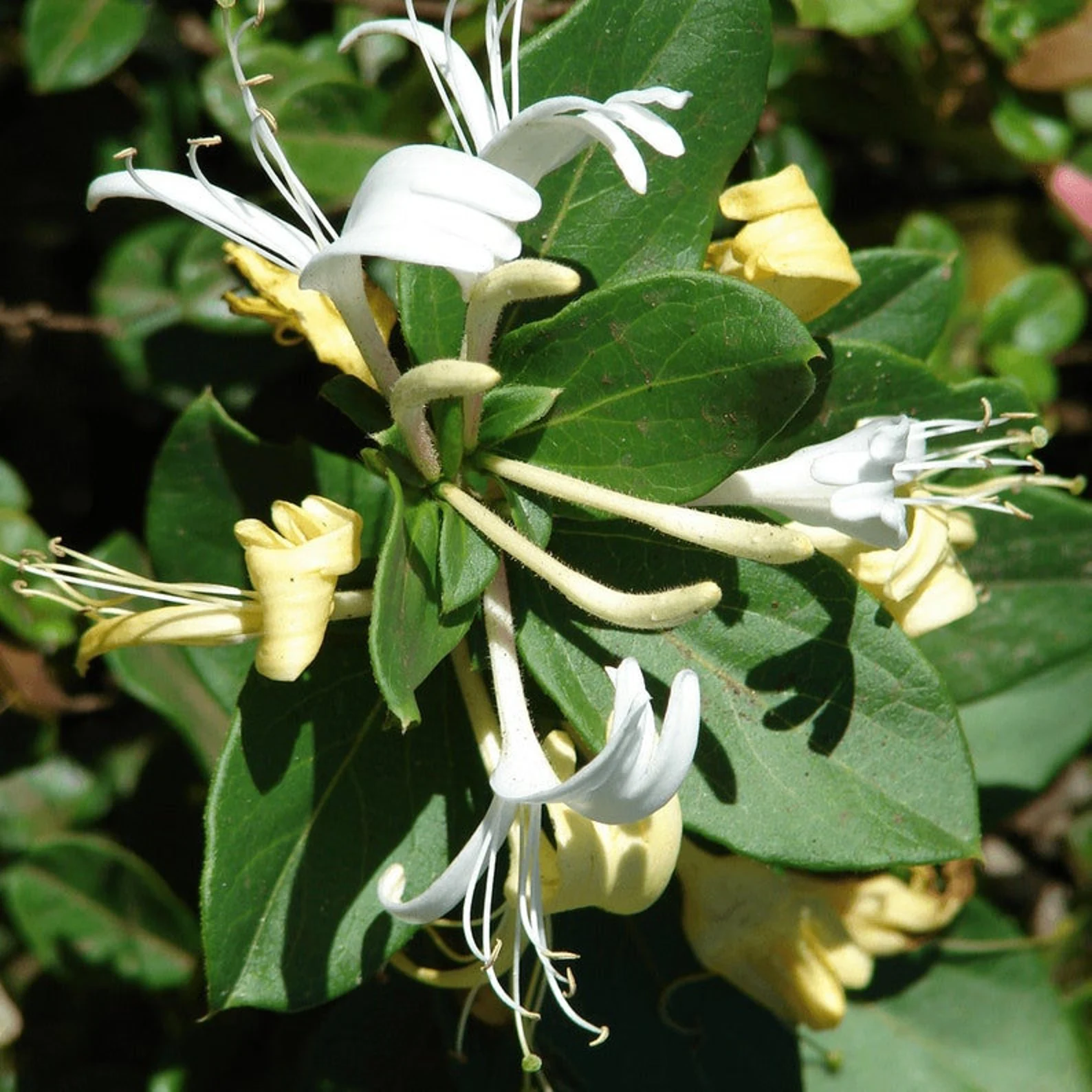Plants Poisonous to Alpacas and Llamas

Is This Plant Poisonous to My Alpaca or Llama?
by Kathy & Ron, Co-Editors, RMLA Journal
We recently received the following information from Baxter at SWLR. “A long-time llama owner recently lost a llama due to eating Hall's of Japanese Honeysuckle (Lonicera japonica 'Halliana') - an ornamental bush species. This plant is highly poisonous when leaves or berries are eaten in large quantity in the winter.”
There is a great deal of information available about poisonous plants. We have provided with a starting place if you live in the Rocky Mountain area. Your local State University Extension Office is a great place to begin. They have the resources to identify a specific plant growing on your property; be sure to take a sample. And if the plant is poisonous, they can tell you under what conditions, i.e., time of year, root, leaves, etc.
Here are some additional links:
This link discusses honeysuckle bushes in particular https://homeguides.sfgate.com/honeysuckle-poisonous-pets-64900.html
This is the link to the CSU Guide to Poisonous Plants. It is a good resource if you know the plant for which you are looking. Be sure to check out the information under the LINKS tab. https://csuvth.colostate.edu/poisonous_plants/
This link takes you to the information we have provided below. https://csuvth.colostate.edu/poisonous_plants/Home/Landscaping
Cultivated Trees and Plants Potentially Poisonous to Animals from CSU
© 2019 by College of Veterinary Medicine & Biomedical Sciences
The following commonly available trees, shrubs and plants are often sold through plant nurseries, and pose a potential hazard to animals if they are planted in or around animal enclosures. If these plants are found to be desirable for landscaping purposes, it is important to position the plants well away from where animals can reach them. Furthermore, it is essential to always provide a balanced nutritious diet to animals at all times so that they are not driven through hunger to eating unusual plant material. It is also important to remember that the careless disposal of tree and plant prunings into an animal enclosure is a frequent cause of poisoning.
Trees
Black walnut, Juglans nigra
Red Maple and its hybrids, Acer rubrum
Oak, Quercus spp.
Black locust, Robinia pseudoacacia
Golden chain tree, Laburnum anagyroides
Horse chestnut, buckeye, Aesculus spp
Chokecherry, Prunus spp.
Kentucky coffee tree, Gymnocladus dioica
Russian Olive, Elaeagnus angustifolia
Persimmon, Diospyros virginiana
Chinese tallow tree, Sapium sebiferum (mildly toxic)
Shrubs
Yew, Taxus spp.
Oleander,Nerium oleander
Yellow oleander, Thevetia spp.
Privet, Ligustrum spp.
Hydrangea, Hydrangea spp.
Rhododendron (azalea), Rhododendron spp.
Japanese Pieris, Pieris japonica
Laurel, Kalmia spp.
Black laurel, Leucothoe davisiae
Boxwood, Buxus sempervirens
Burning bush, Euonymus atropurpurens
Lantana, Lantana camara
Angels Trumpet, Brugmansia spp.
Mesquite, Prosopis veluntina
Day or night blooming Jasmine, Cestrum diurnum, C. nocturnum
Vines
Carolina jessamine, Gelsemium sempervirens
Virginia creeper, Parthenocissus quinquefolia
Perennial Plants
Fox glove, Digitalis purpurea
Larkspur, Delphinium spp.
Monkshood, Aconitum spp.
Hairy vetch, Vicia villosa
Crown vetch, Coronilla spp.
Castor bean, Ricinus communis
Like this article? Become a RMLA Member today!

